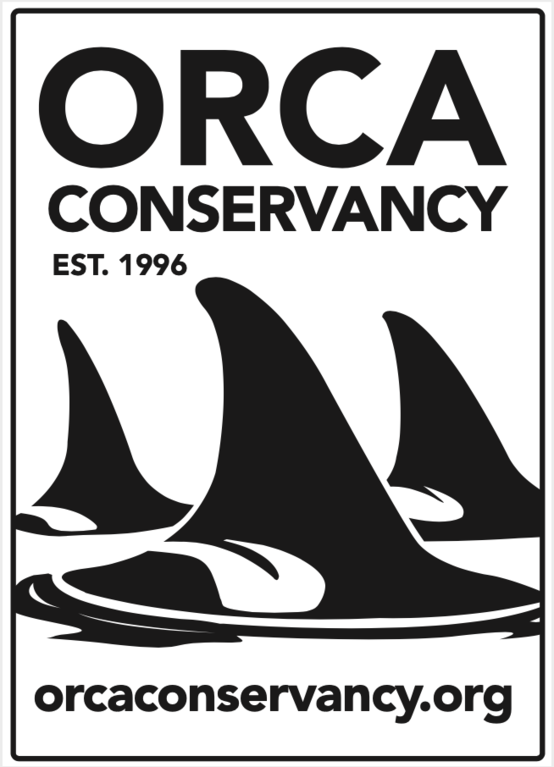
Meet the Northern Resident Killer Whales
Who are the Northern Residents?
The Northern Resident killer whales are a genetically and culturally distinct population of orcas within the North Pacific. Like their Southern Resident cousins, Northern Residents are the Resident ecotype, though they do not interact nor breed with the Southern Residents. Out of the two populations, the Northern Resident community is significantly bigger and consists of three clans: A Clan, G Clan, and R Clan. These clans are divided into a total of 16 pods with upwards of 300 individuals. Clans and pods are distinguished by dialects and matrilines. A clan is a group of pods that share a similar dialect and a common maternal heritage, while pods are groups of related matrilines that share a recent maternal heritage.
Like other ecotypes of orcas, the Northern Residents are matriarchal, which means females are the leaders. Within each pod, there are separate family sub-groups or matrilines that are centered around the older females (grandmothers and mothers). Within the Northern Resident community, there are a total of 33 matrilines.
Each matriline is identified by the eldest female within the group. In most cases, both males and females will spend the entirety of their lives with their mother (and maternal grandmother if she is still alive). Occasionally matrilines will separate to socialize or breed with other matrilines or pods.
While the Northern Residents have a large population in comparison to their Southern Resident cousins, they are currently listed as Threatened in Canada. The Northern Residents face the same threats as the Southern Residents which include lack of prey, toxic pollution, vessel noise, and threats of oil spills.
Diet
Northern Resident orcas feed exclusively on fish, with salmon making up the majority of their diet. The preferred prey of Northern Residents is Chinook salmon, also known as King salmon, but they are also known to eat other salmonoids such as Chum and Coho salmon, as well as small percentages of other types of fish. Less is known about the diet of Northern Residents, specifically their diet during the winter and spring.
While Northern Residents rely on the same food source as the Southern Residents, the prey availability does impact one population more than the other. The Northern Residents range is primarily around northern Vancouver Island, BC, but they have been seen as far north as Southeast Alaska, all the way down to Grays Harbor, Washington. This range is far less impacted by the urbanization that the Southern Residents face in their critical habitat, with less exposure to pollutant runoffs and vessel noise. The Northern Resident range also offers more salmon runs giving them more opportunity at access to prey.
Mismanagement of fisheries also impacts the prey availability between the two populations. Salmon returning to river systems in British Columbia, Washington, and Oregon (Southern Resident foraging habitat) from Alaskan waters, must first pass through the Northern Resident range, giving Northern Residents the first opportunity at prey. Historically, there would be enough fish to support both populations, but the increasing human impacts are causing a prey shortage between both communities.
Naming
Northern Residents are given an ID when they are born and cataloged by Fisheries and Oceans Canada (DFO). The unique ID they are given is alphanumeric and starts with the letter of the pod they are born in. For example, the calf A121 was born into one of the A Pods (A5) and was the 121st individual in this pod to be identified, hence the ID A-121.
Many familiar with the Residents will also recognize individuals by their “nicknames”. The Northern Resident whale nicknames are assigned to the individual orcas by Canadian researchers studying the whales. The whales are typically assigned nicknames that come from specific geographic locations within their range but also can come from other aquatic references like A79 “Current”, or sometimes physical references and characteristics like A14 “Saddle” (deceased).
